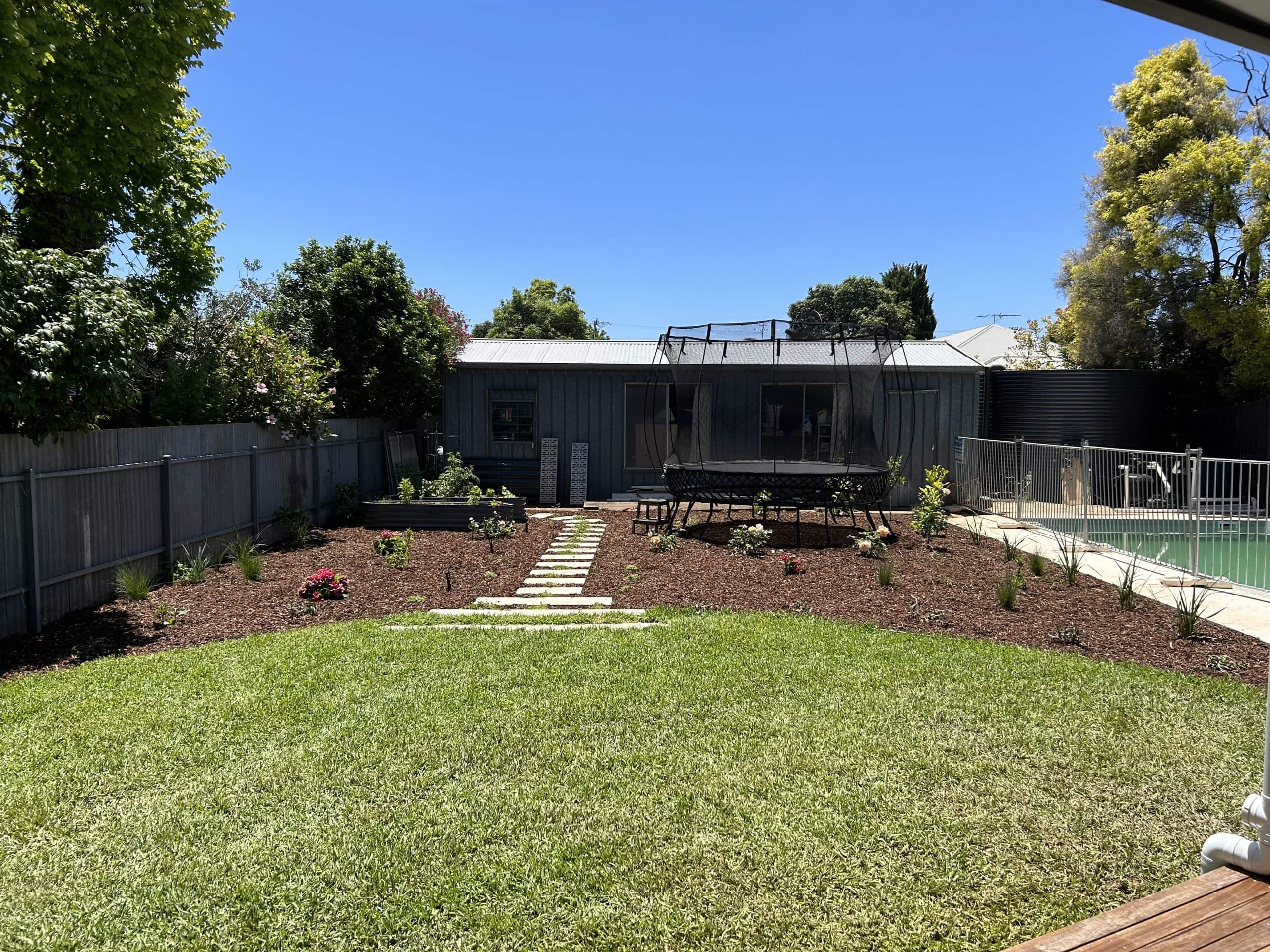Experienced Turf Specialists in Adelaide
Tims Total Turf Care is your trusted team of experienced turf specialists in Adelaide, dedicated to transforming outdoor spaces with professional care and precision. Whether you’re looking to install a fresh, vibrant lawn or maintain an existing one, our experts guide you through every step, ensuring a flawless finish. We specialise in high-quality natural grass, synthetic turf, and comprehensive lawn maintenance solutions tailored to residential and commercial properties across Adelaide. From soil preparation and irrigation setup to turf installation and ongoing care, our team combines technical expertise with a passion for creating lush, healthy landscapes. With years of hands-on experience, Tims Total Turf Care guarantees durable results, enhancing the beauty, functionality, and value of your outdoor areas. Choose us for reliable, professional turf services that bring your garden or commercial space to life.https://www.timstotalturfcare.com.au/turf-adelaide/























